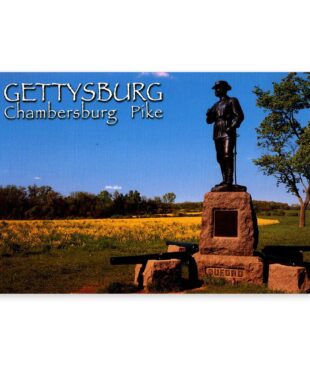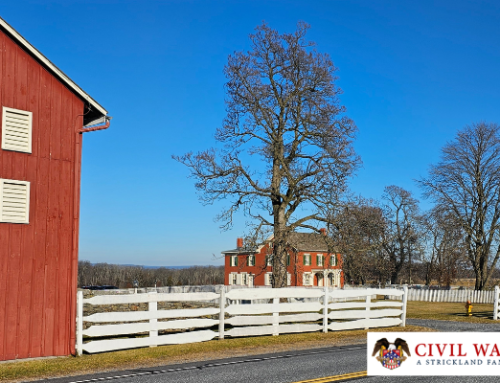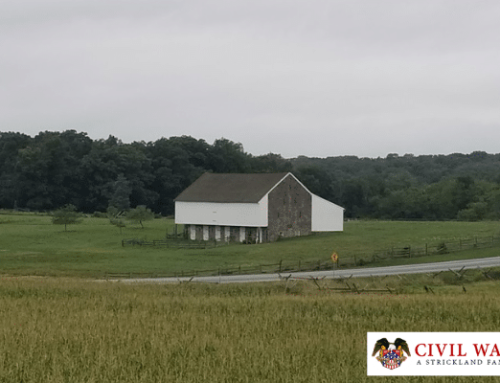The Pennsylvania State Monument: A Historical Tribute to Valor at Gettysburg Battlefield

The Pennsylvania State Monument stands tall and proud on the hallowed grounds of the Gettysburg Battlefield, serving as a poignant reminder of the valor and sacrifice displayed during the Civil War’s most crucial battle. This awe-inspiring monument commemorates the brave soldiers from the Keystone State who fought and fell at Gettysburg, forever etching their names in history. In this article, we delve into the significance, history, and attractions of the Pennsylvania State Monument.
Commemorating Pennsylvania’s Heroes
The Pennsylvania State Monument, dedicated in 1910, is a monumental testament to the valor of the soldiers from Pennsylvania who fought during the Battle of Gettysburg in July 1863. Standing at a towering 110 feet, this majestic granite structure dominates the landscape and commands attention. The memorial’s design was inspired by the Roman Pantheon, with 52 Doric columns encircling the central drum. At the pinnacle stands a 21-foot-tall bronze statue made of melted cannons named The Goddess of Victory and Peace, honoring the resilience and courage of the Pennsylvania soldiers who defended their state and country.
A Historical Symbol
The Pennsylvania State Monument is a tribute to the soldiers who fought in the Battle of Gettysburg and a symbol of reconciliation and unity. It represents the collective resolve of the nation to heal after the devastation of the Civil War. The monument serves as a tangible reminder of the sacrifices made and the high cost of freedom. Every year, thousands of visitors from across the country and the world come to pay their respects, immerse themselves in history, and gain a deeper understanding of the significance of this pivotal battle.
Main Attractions
Beyond its historical significance, the Pennsylvania State Monument offers an array of interesting features. The first are ninety bronze tablets embedded in the granite surface of the monument. The plaques surrounding the base of the monument each represent a Pennsylvania regiment, and each name listed belongs to one of the 34,530 Pennsylvanian soldiers who served his family and his country in the Battle of Gettysburg.
Additionally, there are the larger-than-life statues incorporated in the monument. Eight statues, two facing in each direction, depict leaders who took part in the battle. Seven are Pennsylvanians, including General George G. Meade, Major General John F. Reynolds, Major General David Birney, Major General Alfred Pleasonton, Major General Winfield S. Hancock, and Major General David M. Gregg. Also portrayed is Pennsylvania Governor Andrew Curtin, who delayed Lee’s troops in Virginia and assembled the state militia. The final statue is of President Abraham Lincoln, whose Gettysburg Address is among the nation’s most famous speeches.
The observation deck at the top offers breathtaking panoramic views of the battlefield, allowing visitors to visualize the strategic significance of the landscape. Additionally, guided tours provide in-depth narratives and context, enhancing the overall experience for history enthusiasts and casual tourists alike.
Preserving History for Future Generations
The Pennsylvania State Monument stands as a testament to the efforts to preserve the memory of the past for future generations. This monument stands tall as a living tribute to the valor, sacrifice, and unity displayed during the Battle of Gettysburg. Visiting this iconic monument offers a profound and moving experience, enabling us to connect with our nation’s history and honor the brave souls who shaped it.











